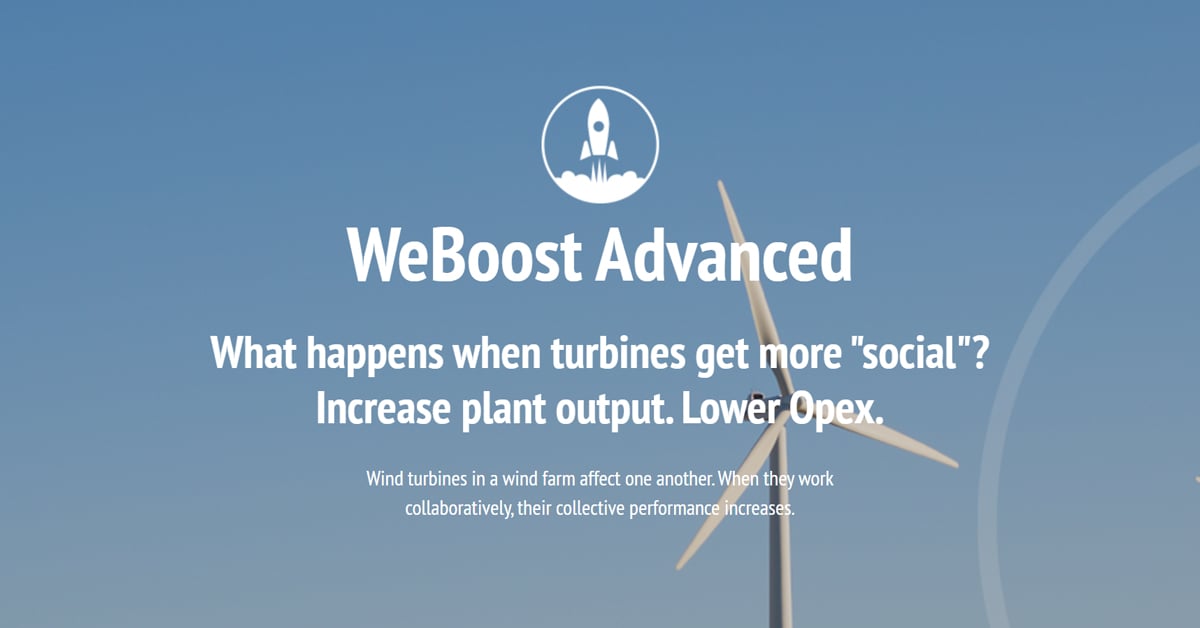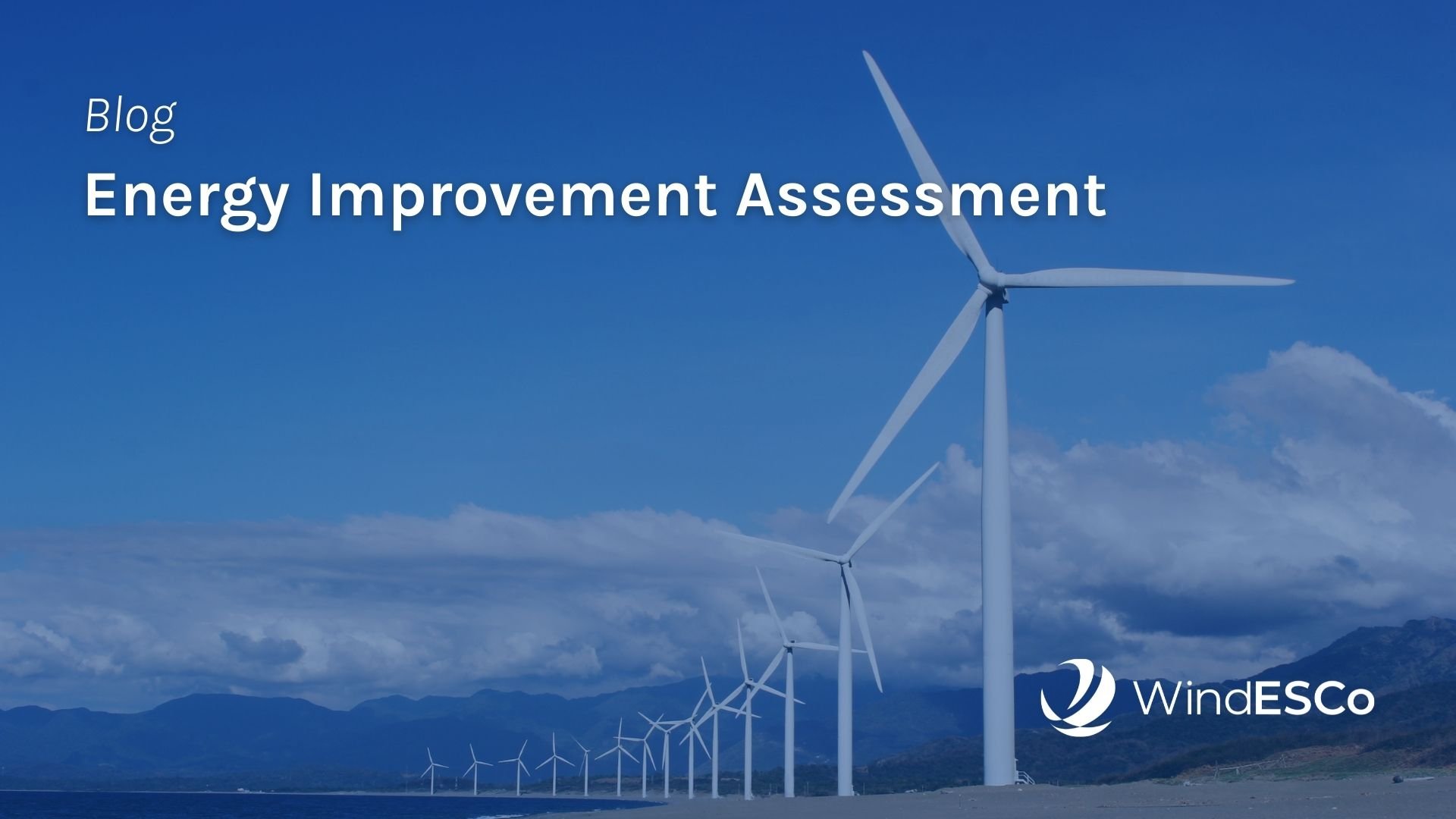Social Windfarms - WindESCo and NREL collaborate to make turbines social
BOSTON, MA - February 11, 2019
Wind plant owners and operators are looking to maximize the performance of their wind turbines to increase annual energy production and operating margins. There are many options on the market that do just that. There are OEM power upgrade solutions or power curve upgrade solutions from third-party suppliers like vortex generators, LiDAR, leading-edge protection and more. Even washing the blades can change turbine performance. Of course all of these upgrades require some cost. Even if only technician labor.
It is important to assess the change in performance to quantify the return on investment (ROI). Industry standards for quantifying this ROI have typically used the IEC 61400-12-1 power curve test, which requires a met tower of LiDAR. These tests can be both prohibitively expensive and time consuming.
This cost motivated the development of methods that only rely on SCADA data from the wind plant. However, these methods often lack sophistication or transparency. Therefore, the methods are met with valid skepticism from wind plant owners and operators, who are often unable to reach a definite conclusion as to whether or not the turbine upgrades increase their energy production.
The reality is that energy improvement assessment can be difficult, since the wind is constantly changing. It is true that we cannot simply compare the power performance between two time periods directly because the inputs, wind speed, direction, sheer, veer, density, turbulence, are almost certainly different and these all effect turbine performance. Despite the challenges, we believe that an energy improvement assessment should be performed for all turbine upgrades.
The energy improvement assessment methodology should be:
1. cost-effective - we want to be able to perform an energy improvement assessment without expensive equipment, since these assessments may need to be performed multiple times a year.
2. accurate - uncertainty should be estimated and be small (low) enough to detect the magnitude of performance changes.
3. reproducible - the analysis should be reported or delivered transparently enough that the results can be reproduced independently.

BOSTON, MA - February 11, 2019

Anca joined the WindESCo team as an addition to our European sales department!

By Martin Sørensen, Director of Alliances,WindESCo
